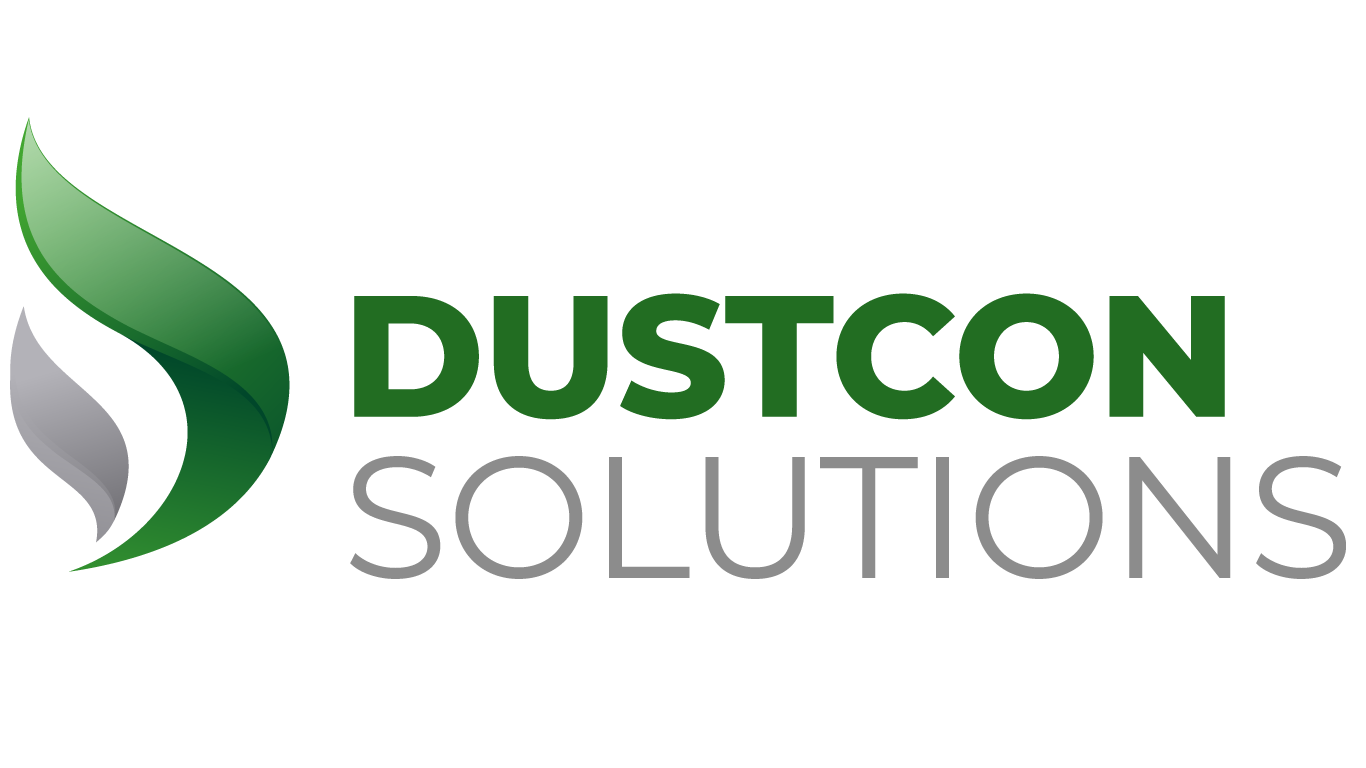Many industrial facilities handle combustible particulate material which poses fire and explosion hazards. Managing combustible dust hazards is critical to ensure the safety of the plant personnel and operations. In order to effectively manage combustible dust hazards, they must first be identified and understood.
A dust hazards analysis, or DHA, is a systematic review and assessment of a process and/or facility led by someone with knowledge and experience in understanding and identifying combustible dust hazards. A DHA is a tool to help plant managers and operators address and manage hazards that may not have been otherwise obvious. It is also a documented record of awareness that places diligence and duty on the plant manager/owner to address the hazards.
An effective DHA includes information to classify and quantify the material(s) as combustible dust. This is often by reference to material explosibility testing of a representative sample(s) of the dust handled and present in the actual facility and process(es). This may include one or various materials or forms of a single material in a facility. Influential factors can include particle size and moisture content.
The primary value of a DHA comes from the analysis of each area, process operation and equipment where combustible dust is or may be present. The analysis identifies specific combustible dust fire, flash fire and explosion hazards as well as the potential implications of the hazard event. Combustible dust hazards are assessed on the basis of the dust explosion pentagon components: fuel, oxygen, ignition source, fuel dispersion in the air above the minimum explosion concentration and containment. A definitive absence of one component rules out the probability of the dust explosion, however; fire and flash fire can be still highly probable. The hazards are identified under the conditions of both normal operation and abnormal or upset conditions. Existing safeguards and hazard reduction or management methods shall be clearly indicated and documented but also assessed for application suitability, reliability and maintenance.
One of the most important aspects of the DHA is specific recommendations to manage the identified hazards and the residual effects or secondary hazards. Recommendations should be as specific as possible and prioritized according to the severity and probability of the hazard.
Our combustible dust experts can visit your facility to evaluate your receiving, storage, use, processing and disposal of all “powder” materials. We will evaluate existing dust management programs, handling practices, equipment, fire/explosion suppression systems, warning devices and onsite extinguishing capabilities.




